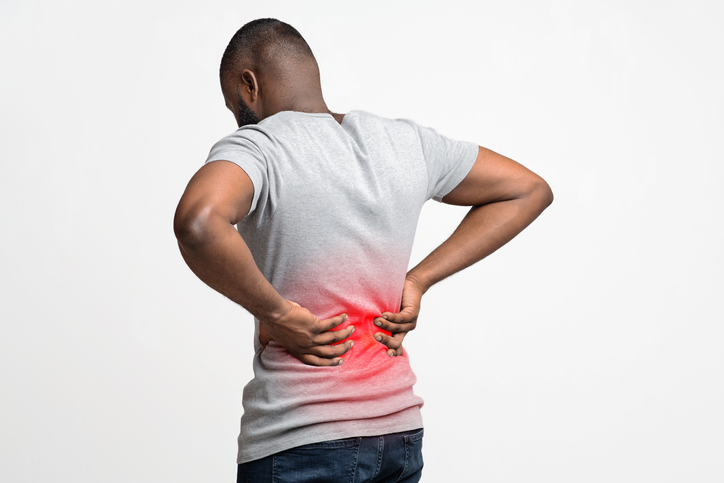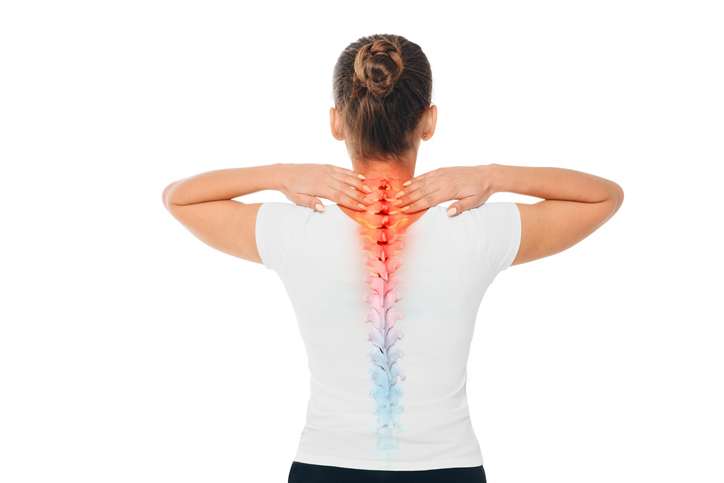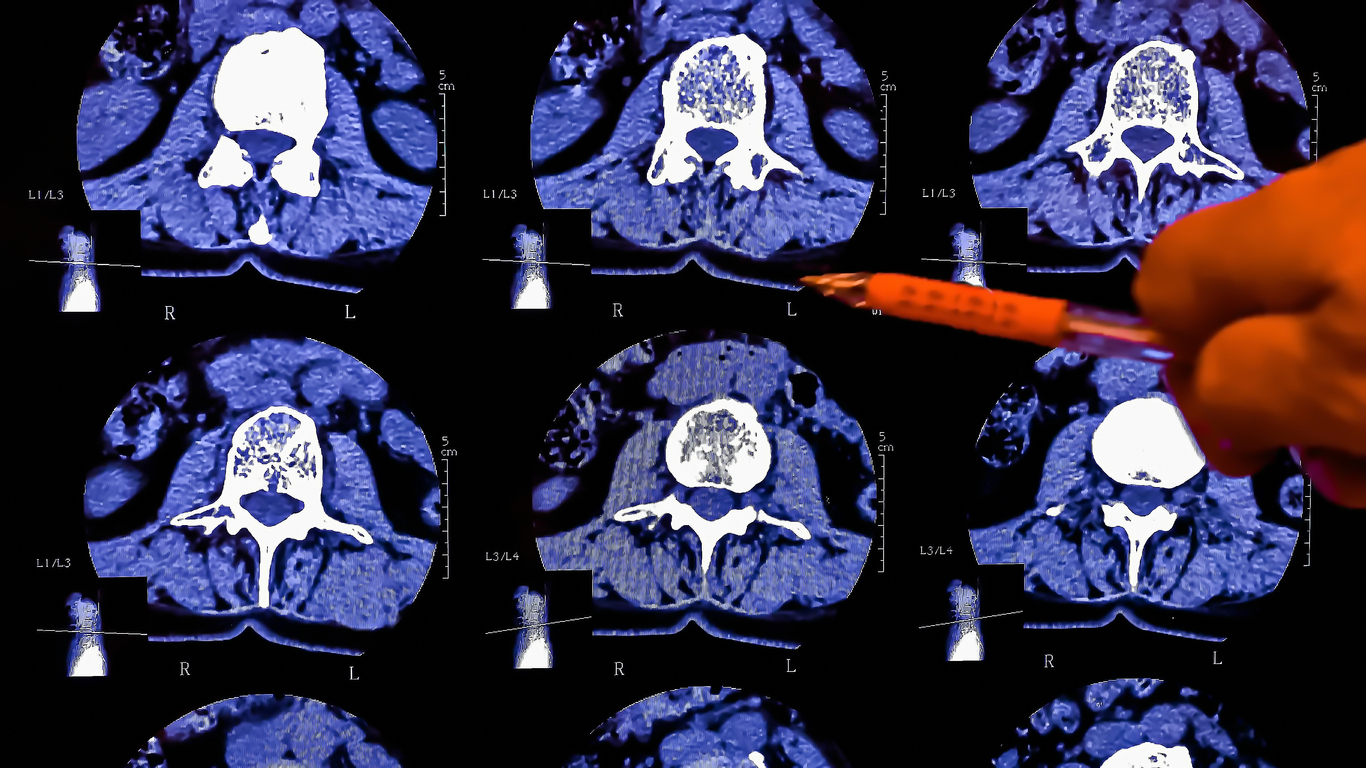Pain
Complementary and Alternative Treatment Options for Degenerative Disc Disease (DDD)

What is degenerative disc disease?
Degenerative disc disease (DDD) is a condition of the spine, in which one or more of the discs between the vertebrae, also known as intervertebral discs, cause neck or back pain. Intervertebral discs are the cushions between the vertebrae; they keep the back pliable and enable the body to bend, twist, and carry weight. Intervertebral discs are mainly composed of water, and as a person ages, the discs dry out, lose their flexibility, elasticity, and the ability to absorb shock. When this causes pain, it is referred to as degenerative disc disease. DDD is a progressive condition; the main treatment goals are to manage pain and prevent further damage.
In addition to conventional medical treatments and at-home treatment options for degenerative disc disease, various complementary and alternative treatments are also available.

Acupuncture
Acupuncture is part of traditional Chinese medicine. The objective of traditional acupuncture is to restore a person’s qi (healthy energy). This is done by inserting tiny, fine needles into specific parts of the body that connect the meridians to the part of the body that is injured or hurt. The stimulation of these points corrects the imbalance of qi and improves energy flow.
During an acupuncture treatment for degenerative disc disease, the practitioner places very thin needles in precise locations. The treatment can take anywhere from 20 to 40 minutes. It is currently thought that acupuncture causes the release of neurochemicals, such as endorphins and serotonin, which provide pain relief and aid in the healing process.

Prolotherapy
Prolotherapy is an alternative treatment in which an injection containing a natural substance is used to treat medical conditions such as degenerative disc disease. It may also be referred to as regenerative injection or proliferation therapy. It is generally considered safe; however, only a small number of studies have been conducted regarding its overall effectiveness.
Prolotherapy involves the injection of a local anesthetic and a natural substance, such as dextrose, saline or sarapin. The injection is targeted directly into the affected area to trigger the body’s healing response. It may take repeated treatments before results are experienced.

Biofeedback
Biofeedback is a noninvasive, non-medication based treatment. Participating in biofeedback therapy teaches individuals how to relax muscles or reduce pain, both factors in degenerative disc disease. During biofeedback training, a professional uses technology to help individuals learn to control bodily functions, such as heart rate, breathing, muscle contractions, and brainwaves. Once these skills are mastered, they can be practiced without the use of technology..

Massage Therapy
Massage therapy has been used for health and well-being for hundreds of years. Various types of massage are available, involving a variety of pressures, movements and techniques. Therapeutic massage interventions for degenerative disc disease involve soft-tissue manipulation, fascial work, facilitated stretching, or self-stretching education. Massage can help loosen tight muscles, assist with regaining range of motion, and promote the release of endorphins. If considering massage as part of a treatment plan for degenerative disc disease, it is important to use a registered massage therapist.


















